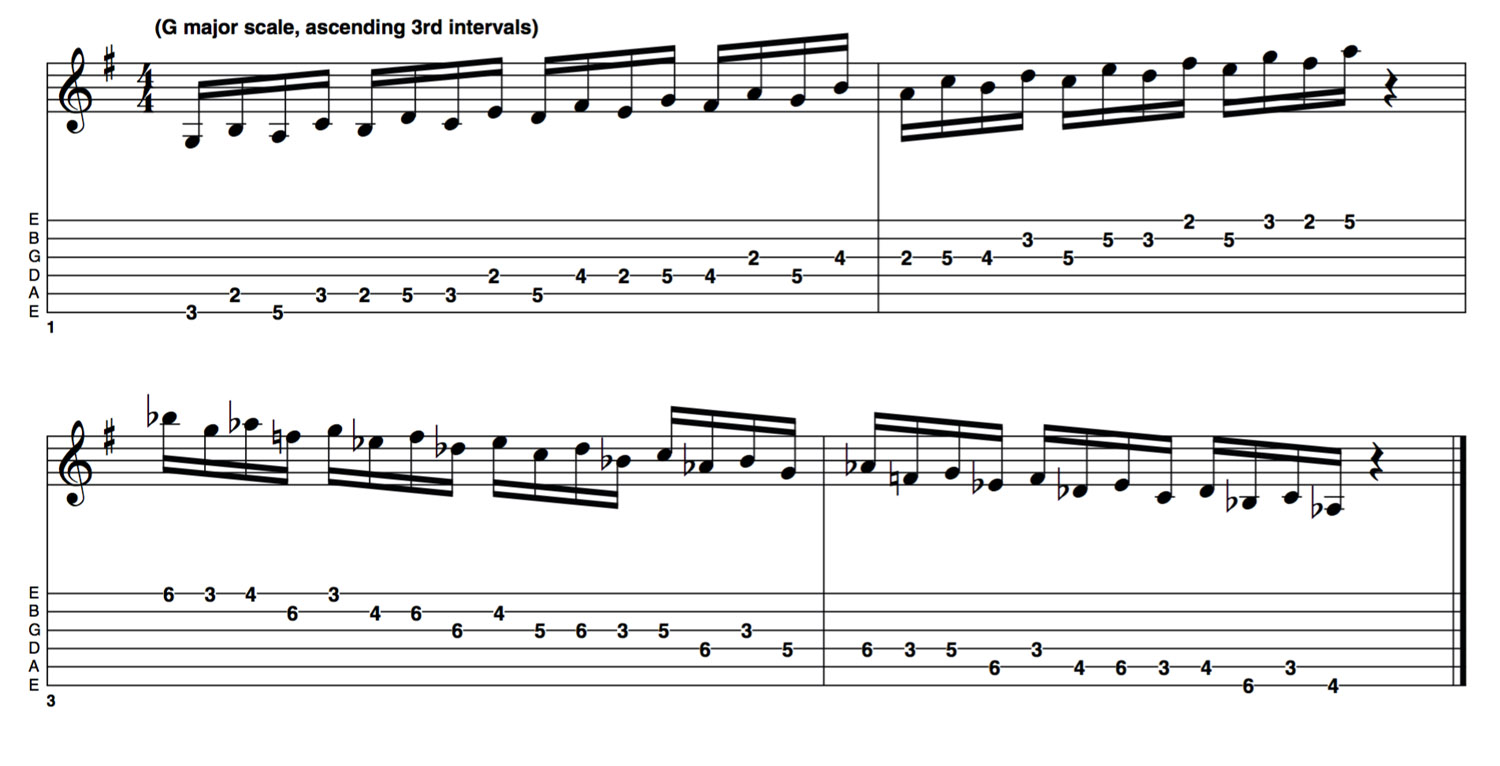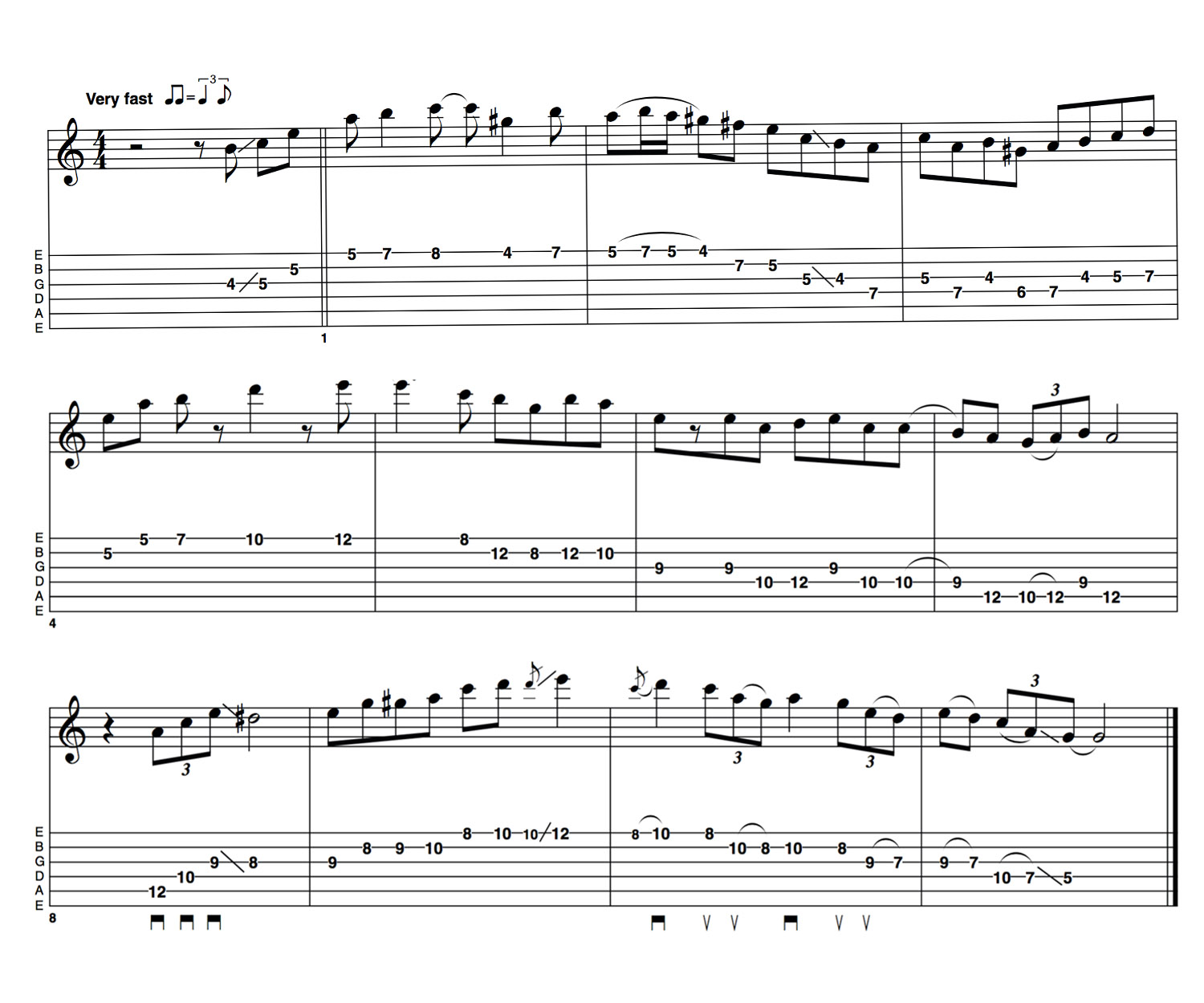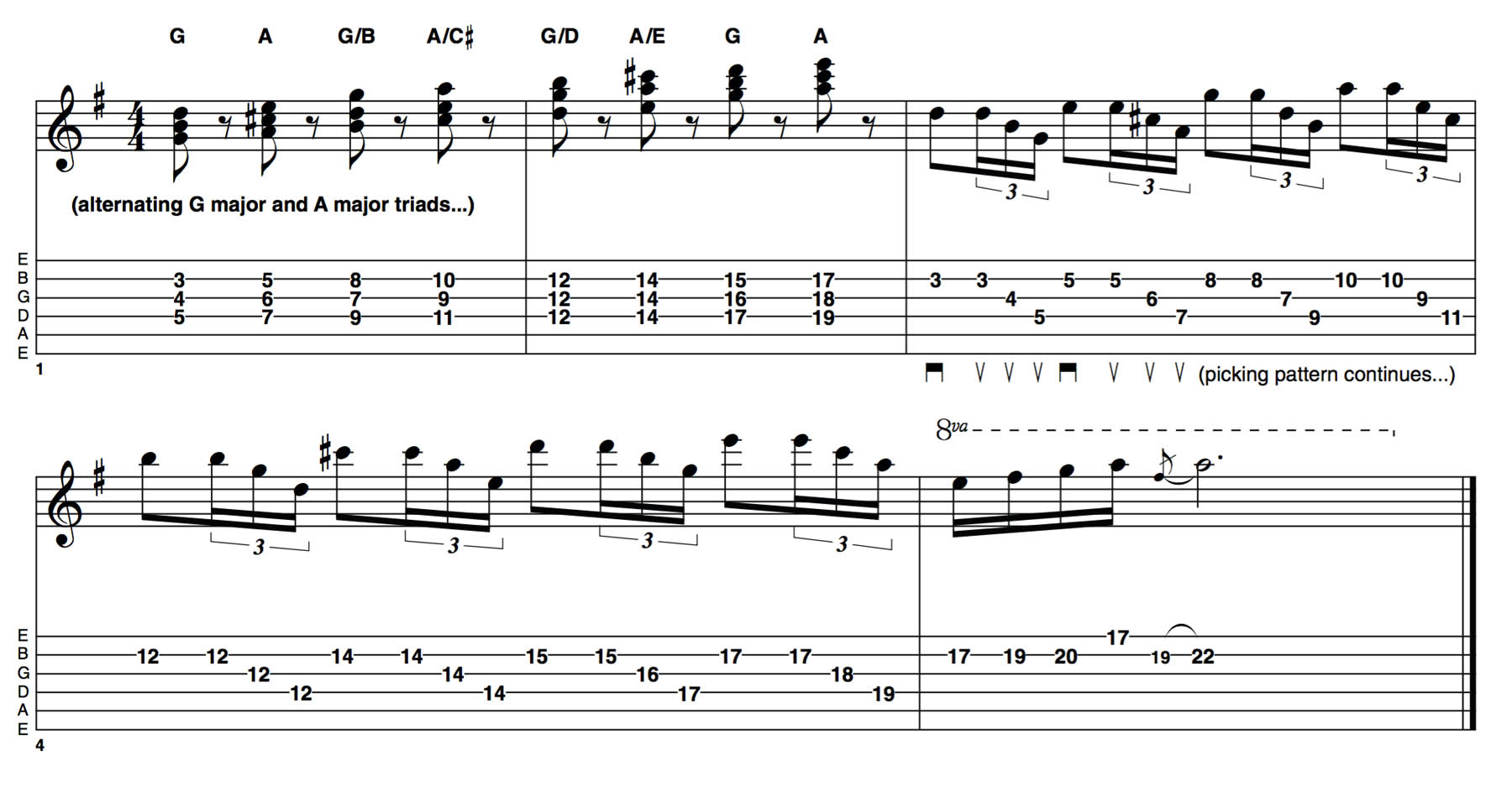Raise your lead guitar game with this Jennifer Batten masterclass
The session great shares some stamina-building exercises to improve your phrasing and spice up your solos
As a seasoned player and clinician, Jennifer Batten has delivered masterclasses worldwide, helping players get the very best out of their practice time. Here, she looks at spicing up your technique by focusing on fundamentals such as vibrato, phrasing and bringing character into your playing.
She also addresses the age old subject of developing speed and fluency on the guitar with a simple series of scale exercises – the very same regimen she used to temper her own technique early on in her career.
The key here is to dedicate some of your practice to a daily workout, noting your progress on a chart. It takes patience and persistence, but you’re guaranteed to see results.
Finally, Jennifer addresses some of the common pitfalls with right-hand technique and the importance of trusting your instinct, watching other players at work and finding your own path. It all adds up to some invaluable advice from a top player, so fasten your seatbelts and enjoy the ride!
Example 1

Everyone has to address the subject of playing scales at some point in their playing career and, yes, we know it can be boring, but your playing will benefit greatly from spending some time with a metronome and so it’s better to just grin and bear it.
One way of making things more interesting for yourself is to play patterns on scales, like this one.
Example 2

Another way of challenging yourself is to play scales in intervals, rather than just going up and down. In this exercise, Jennifer demonstrates how to play a major scale in 3rds, forcing you to think – and play – differently.
For added spice, you play the scale ascending in one position, then move up a semitone for the return journey.
Example 3

A great example of how it’s possible to vary your approach to playing a scale, and increasing the challenge along the way, is to mix it up a little, as Jennifer has here.
Remember that an essential ingredient here is a metronome to keep your timing as precise as possible and to meter your progress as your speed and fluency gradually increase.
Example 4

If you thought that playing a scale in 3rds presented a problem, welcome to the wacky world of the 4th! Because of the way the guitar is tuned (in 4ths), this exercise requires you to move to a neighbouring string after nearly every note.
This not only presents a challenge to the left hand, it could also cause your picking hand a few problems as well. Slow and steady…
Example 5

As we progress, the intervals become wider and 5ths present both hands with a new set of gymnastics. Watch the fingering here: it will help enormously to look carefully at the mechanics and picking before you attempt to begin the gradual build-up of speed.
Oh, and remember Jennifer advises you do these exercises chromatically all the way up the fingerboard.
Example 6

Playing a scale in 6ths presents you with an even greater obstacle course, because this means skipping strings after many of the notes as you proceed up the scale.
Needless to say, this is best worked on in neutral gear to begin with – this kind of thing is going to feel unfamiliar to both left and right hands. Just tell yourself that it’s doing you good!
Example 7

Of course, the idea of using patterns on scales isn’t necessarily confined to the major scale exclusively. In the course of your scale-marathon you should also address the minor scales, modes and the musical kitchen sink, too.
Here, Jennifer demonstrates how the idea can be extended to the minor pentatonic scale.
Example 8

As a further reminder of the required chromatic journey up the fretboard with these exercises, here’s the Bb minor pentatonic using a descending pattern, which should follow on from the A minor pentatonic in the previous exercise.
The type of fluency you’re after may not come immediately, but with time and a lot of patience you’ll probably surprise yourself.
Example 9

After discussing left-hand thumb position and commenting it was watching George Benson who freed up her ideas in this respect, Jennifer lets loose with this jazzy lick, which we’ve transcribed for your edification and delight.
This is an example of how these exercises can all weigh in on your left- and right-hand fluency – and it’s a fun lick to know, anyway.
Example 10

In the final exercise, Jennifer looks at the technique of sweep picking. If you’re unfamiliar with this technique, this example should deliver you squarely into the ball park and act as a foundation for further adventuring.
Here, she takes some straightforward arpeggios in an ascending pattern on the fretboard and demonstrates how they can be swept effectively.
Get The Pick Newsletter
All the latest guitar news, interviews, lessons, reviews, deals and more, direct to your inbox!









![Joe Bonamassa [left] wears a deep blue suit and polka-dotted shirt and plays his green refin Strat; the late Irish blues legend Rory Gallagher [right] screams and inflicts some punishment on his heavily worn number one Stratocaster.](https://cdn.mos.cms.futurecdn.net/cw28h7UBcTVfTLs7p7eiLe.jpg)
